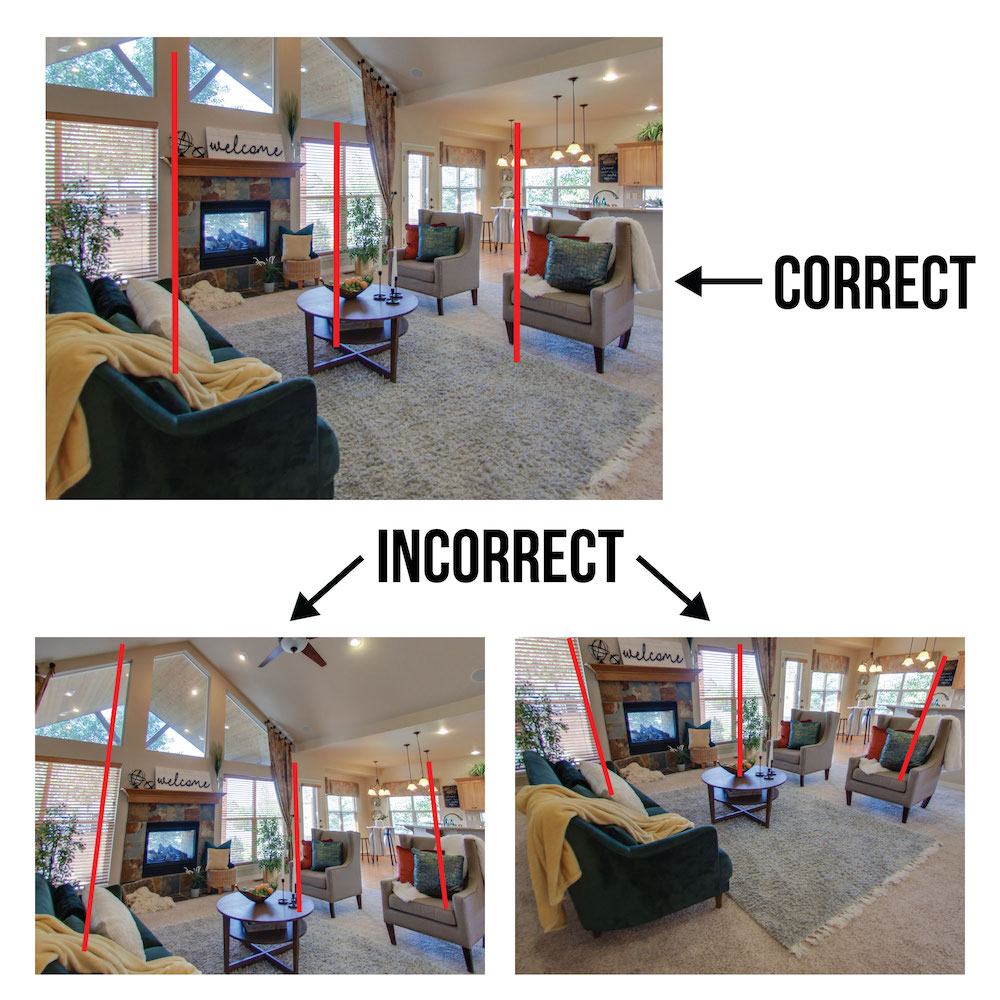As COVID-19 and social distancing guidelines continue to change our real estate world, more agents are feeling the pressure to add video to their business toolkit. I’ve been seeing more amateur real estate videos pop up on my Facebook feed in the past few months than ever before.
I remember when I made my first real estate video back in 2009. When I look at it now, I’m embarrassed I even released it. But everyone has to start somewhere, right?
The gap between quality levels is enormous in most of the videos I view. It’s obvious which real estate agents are just getting started in video, and which ones have been doing it for a while. Consumers are paying more attention, too.
Creating professional videos through a third-party company is cost-prohibitive for most agents, so that option is usually off the table. In-house video production has a steep learning curve, so being late to the game shows in the content. However, there are ways to speed up the learning process.
I’ve been creating videos for over 10 years. I shoot on everything from cinematic cameras to 360 cameras. I never stop learning new tricks and ideas because the medium is so vast and complicated.
As I watch new videos loaded onto the internet daily, I notice that there are some basic principals that many real estate agents still don’t know or get.
All to say, I’d like to share a few tips to help make your videos better immediately. These are not super technical suggestions. They’re basic but powerful. Once you know them, there is no going back. So, here are three mistakes you might be making when shooting video — and how to correct them.
1. Not keeping your frame level
When you’re framing your shot, make sure that the outer edges of your frame are parallel with the walls. Try to avoid pointing your camera up or down. Make your frame as level as possible.
This step will keep your shot from being skewed and disorienting. Here’s an example from a house I filmed a few days ago. Notice how the red lines skew as the camera looks up and down.

When you keep your walls vertical, the whole scene feels more natural. This is such a simple concept, but I see this rule being broken daily in my Facebook feed. People who use their phones to shoot are usually the worst at this.
If you’re shooting with a DSLR camera, it’s easy to correct this. Simply use a tripod, and lock your camera down when it’s parallel. Many DSLR cameras already have built-in level finders to help you frame your shot correctly.
If you’re shooting with a cell phone, the best way to fix your framing is to use a gimbal or a tripod. They are relatively inexpensive and will make your footage much better. Since cell phones are so light and small, they tend to be off-level often.
I have owned many gimbals throughout the years, from big ones for heavy to lightweight cameras to small gimbals for GoPro cameras. I bought this gimbal last year for my iPhone. I use it all the time for shooting my daughter’s basketball games and getting b-roll for neighborhood videos. It makes framing so much easier.
You can also try using a monopod. Monopods are a bit more challenging to use, but they can drastically increase the stability of your shot.
When I use my Blackmagic Pocket Cinema Camera 6K, I use a large gimbal mounted on a monopod. This is my favorite setup for professional shooting. You can also mount your cell phone on a gimbal attached to a monopod. This is a great “run-and-gun” setup.
No matter what you use, don’t let your camera pivot up and down during your shots. Keep it level and parallel at all times to make your video look more professional.
2. Using your camera’s internal microphone
It’s very distracting to watch a video with an agent in a vacant house because their audio echoes off the walls. It’s also distracting when agents are outside and the wind is blowing on their camera mic. Bad audio will drop your video’s quality and interfere with your message.
Rarely will you be in a scenario where you can use your camera’s internal microphone and still get good audio. Typically, you will need an external microphone to make your video look and sound more professional.
The most common microphone for real estate videos is a lapel mic. These small microphones clip onto your shirt and are very easy to use. Lapel mics will block out most of the background noise and focus on your voice alone. It’s incredible how much quality this simple step can add to your video production.
You can connect lapel mics to your phone or a secondary recording device. In the past, I have used my phone to record audio, but it can get interrupted if someone calls you. I now use a Zoom H4n, which makes recording much more manageable.
There are a lot of cheap lapel mics out there, and I’ve tried many of them. These days, this is my go-to lapel mic. Don’t fall for the $20 specials. The audio quality is poor.
Here’s a pro tip: When shooting audio on an external device, it can be challenging to match the sound with the video later on. To fix this, you can clap three times at the beginning of your videos.
When editing, simply match the waveform from your audio to your clapping in the video. This step makes it much easier to line up later on during the editing process.
3. Not controlling the light
Everyone knows that cameras and lighting go hand-in-hand. Light can be your best friend or your worst enemy. Knowing some basics of lighting will go a long way.
The main rule of lighting is to never have the light directly behind or in front of you. When light is behind you, your face will have a dark shadow on it, which is nearly impossible to fix when editing. When light is directly in front of you, it’ll blow out your natural skin tones and make you squint.
If you’re shooting outside, make sure that the sun is 45 to 65 degrees from the direction you’re facing. It should highlight one side of your face without causing you to squint. This step will help your audience see your face and eyes better, allowing them to connect with you more easily.
If you are inside, try to avoid standing directly under a ceiling light. Use lamps or lighting kits to gently highlight your face, if necessary. If you’re shooting close up, you can use light rings like this one. Light rings can take a little while to get used to, but they boost the quality of your close-up videos.
The more videos you shoot, the higher your skill level will be, and you’ll learn how to control the lighting better. When starting out, just stick with the tips above to keep from over or under exposing your face.
Final thoughts
Video is an extremely complicated art form that takes years to master. Getting started is the hardest part. Once you apply the rules above, you’ll naturally move on to learning new tips and techniques.
I’ve spent hundreds of hours watching YouTube videos on shooting and editing. I’m amazed at how much I still have to learn. It’s a never-ending subject, which is why I’m so drawn to it.
Topics like white balance and shooting in RAW make video intimidating for new agents. Don’t let that stop you.
If you’re just getting started, try using an iPhone 11 Pro and a small gimbal. Your videos will instantly look better than the average agent. Then, learn to use external audio and a good lighting setup. With each step, you’ll notice your quality getting better, and your view count going up.
Never stop learning. Video is not going away. It’s a loaded topic with endless potential. Be proactive rather than reactive. Finding the tools and tricks that work for you will boost your confidence and professionalism in your real estate career.
Andrew Fortune is the owner and managing broker of Great Colorado Homes, Inc. Connect with him on Facebook.













